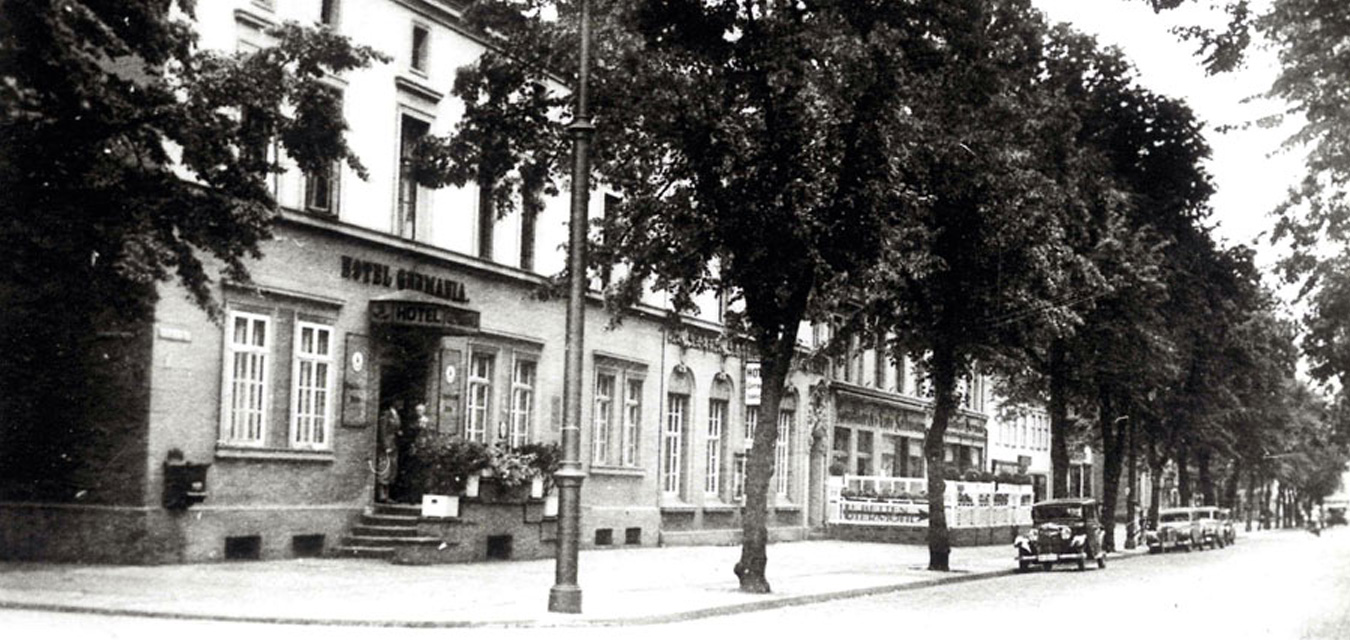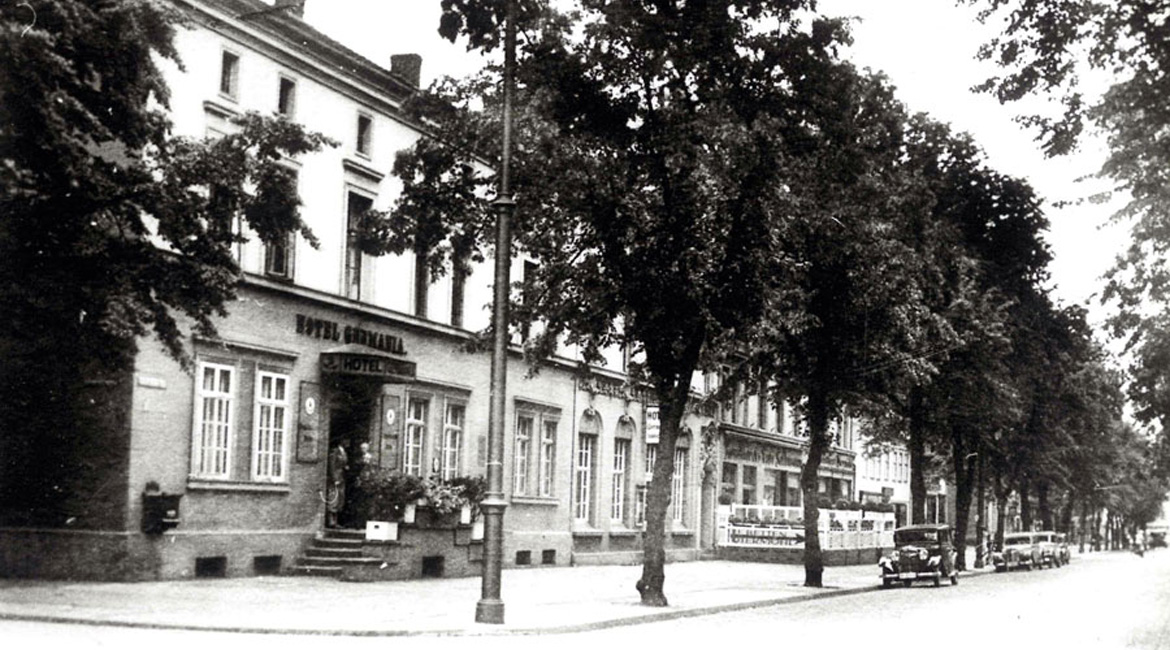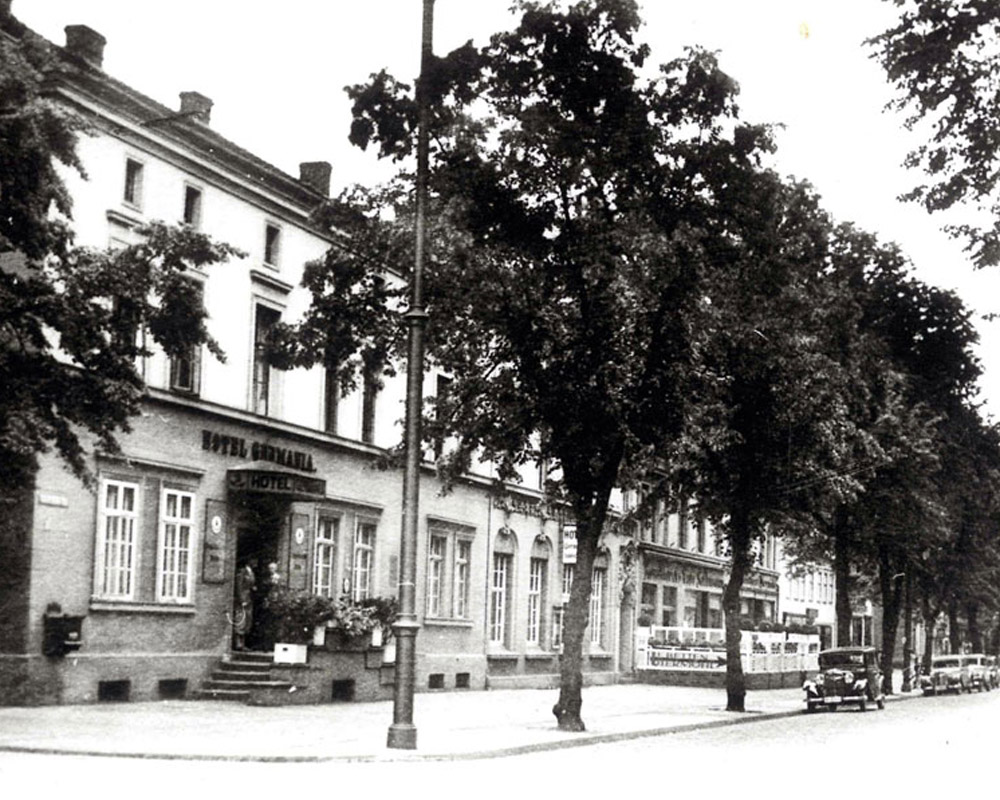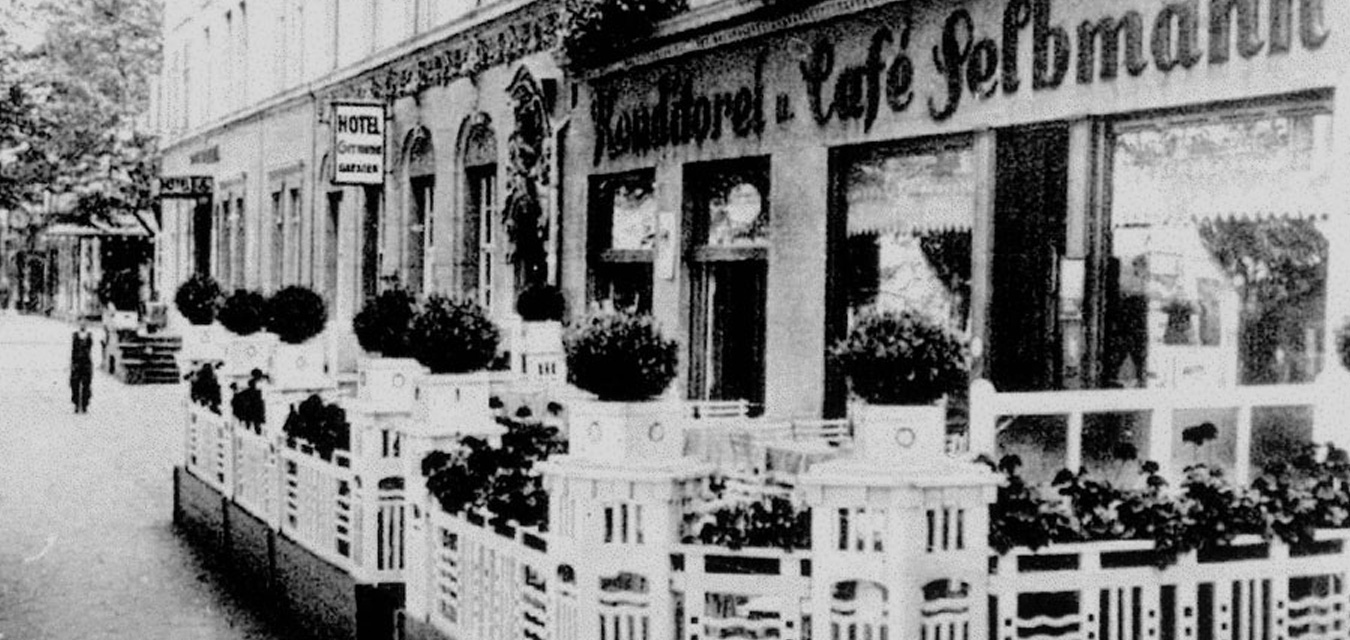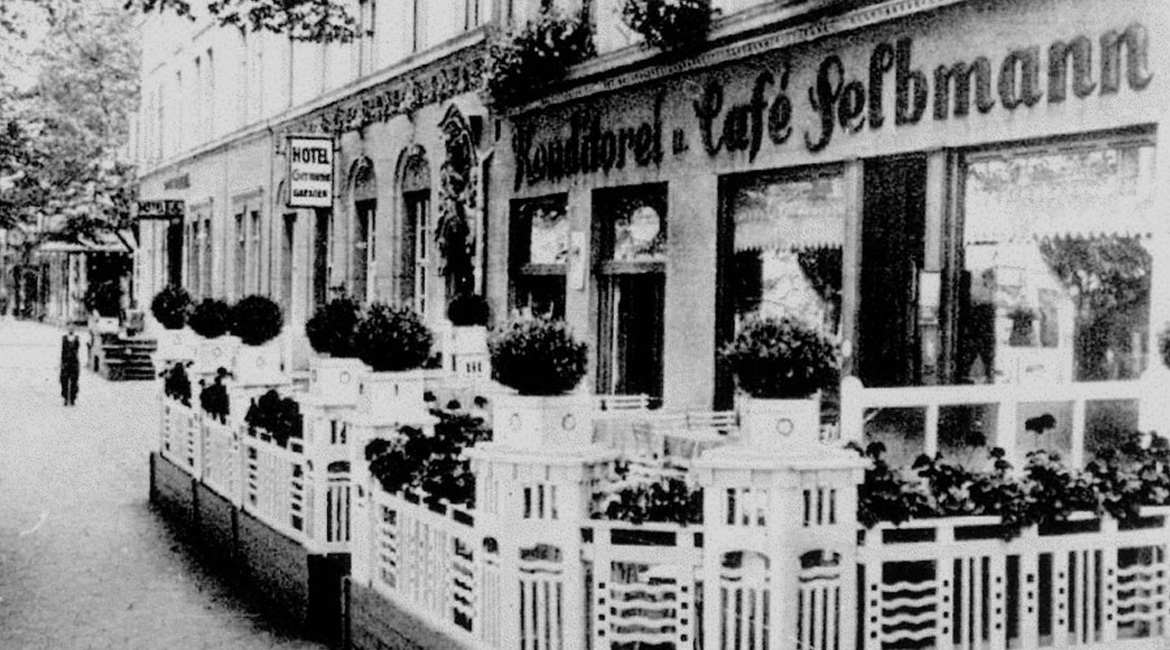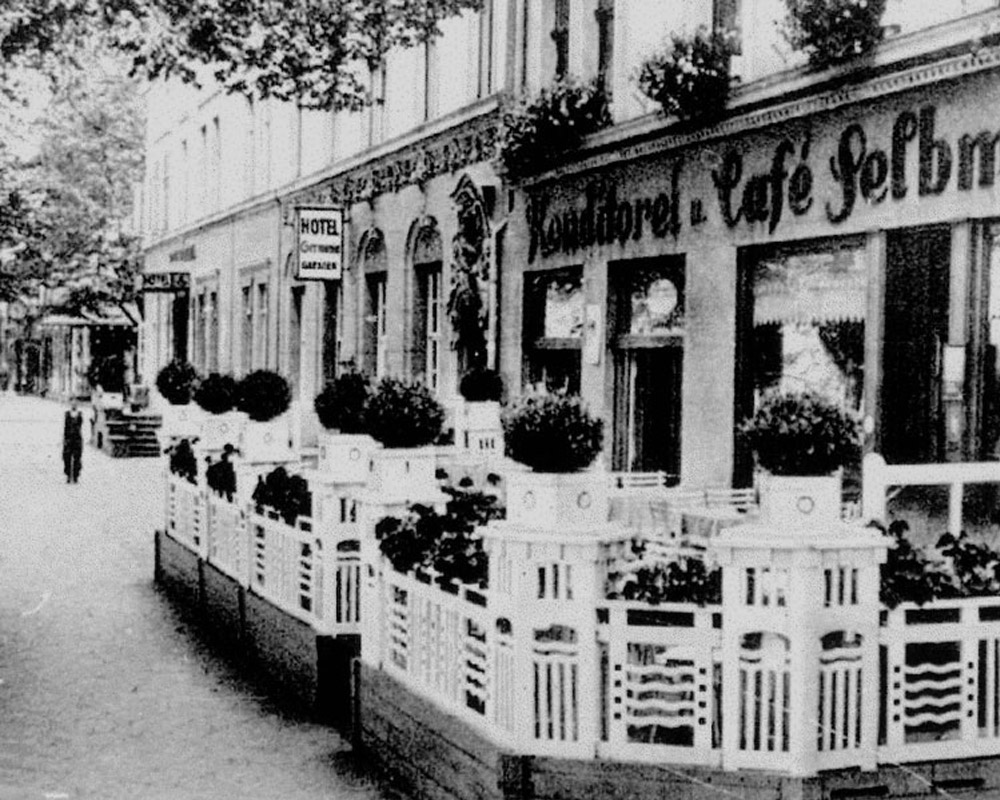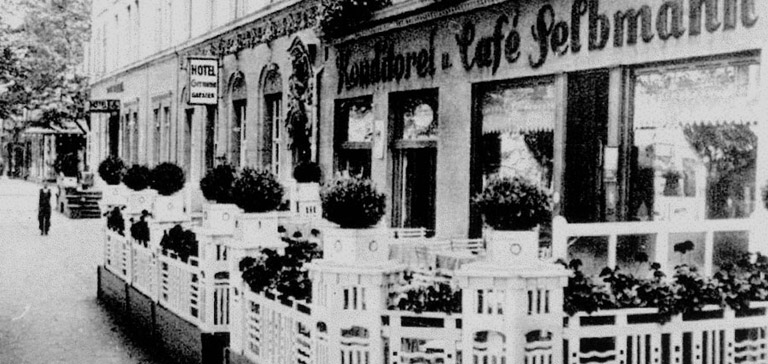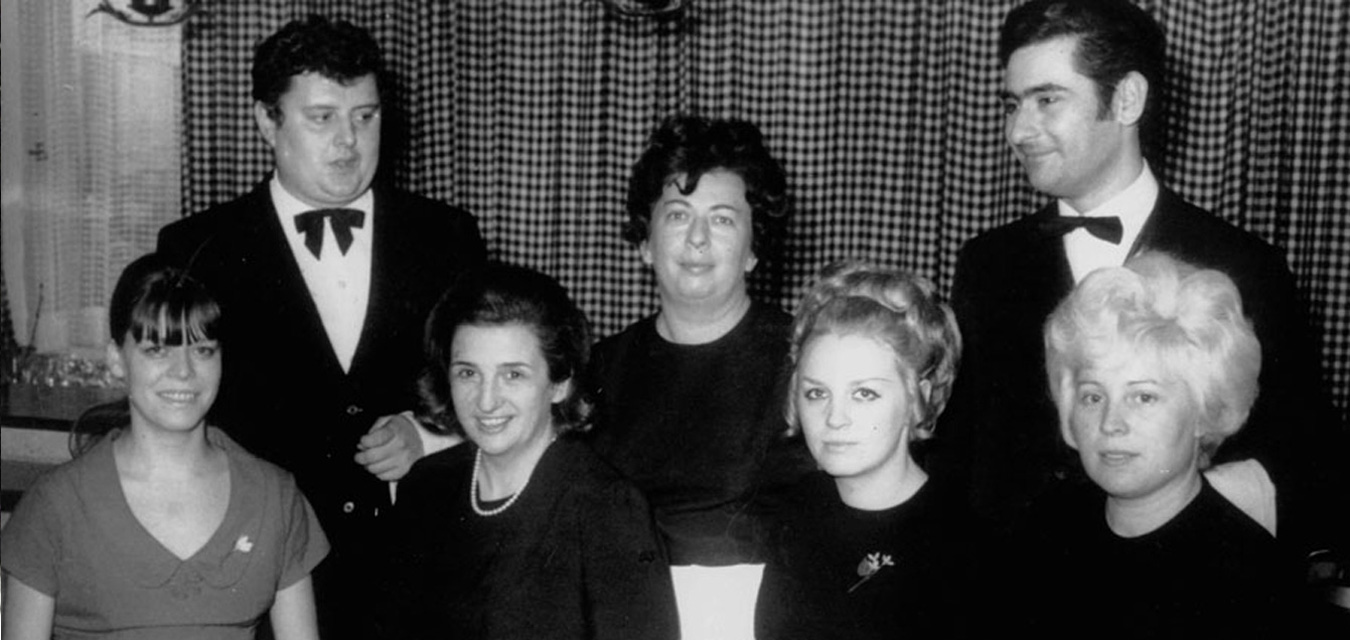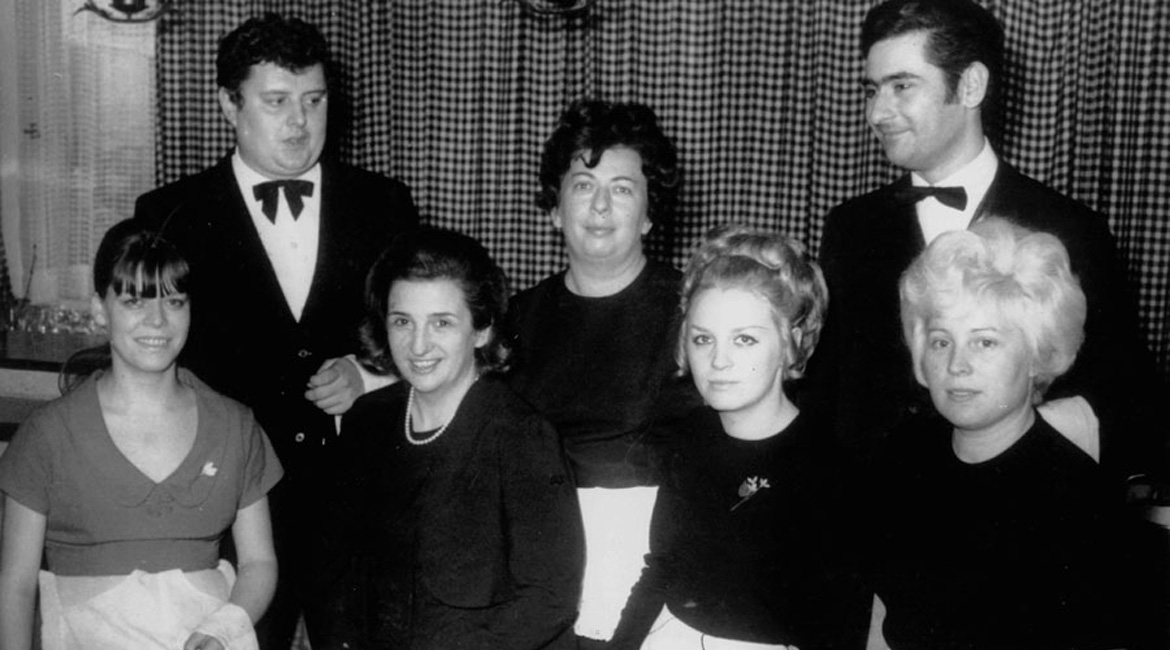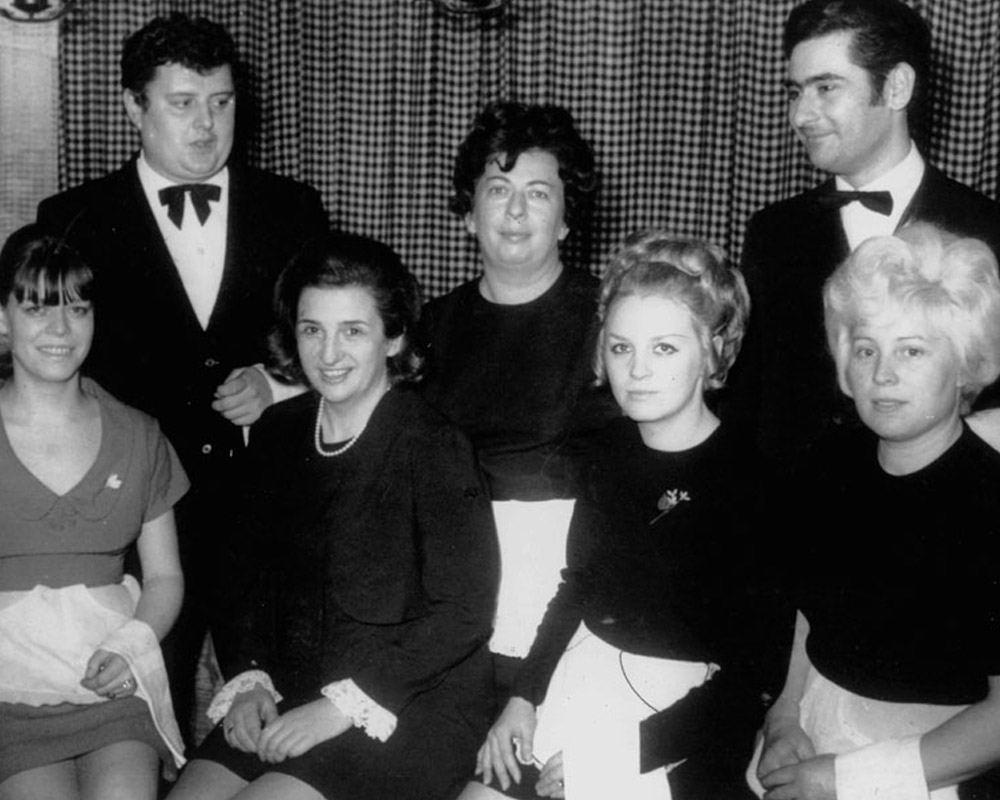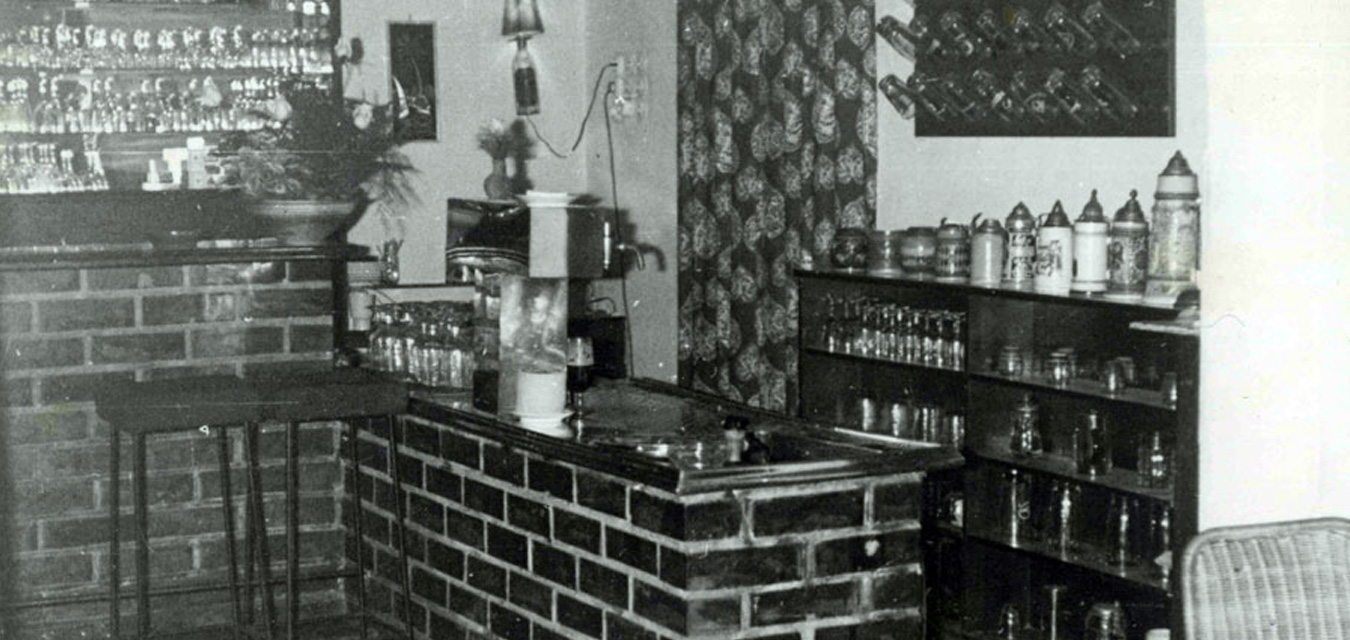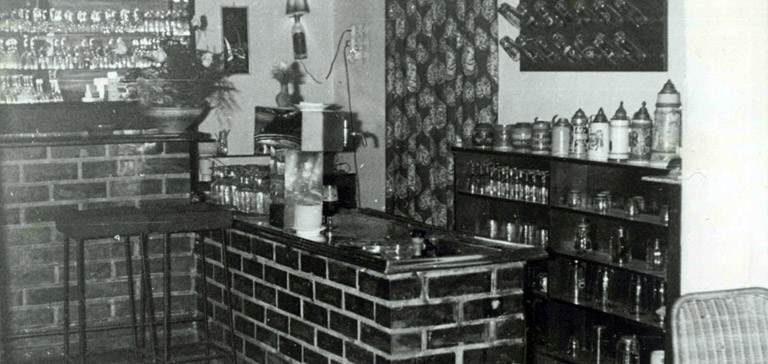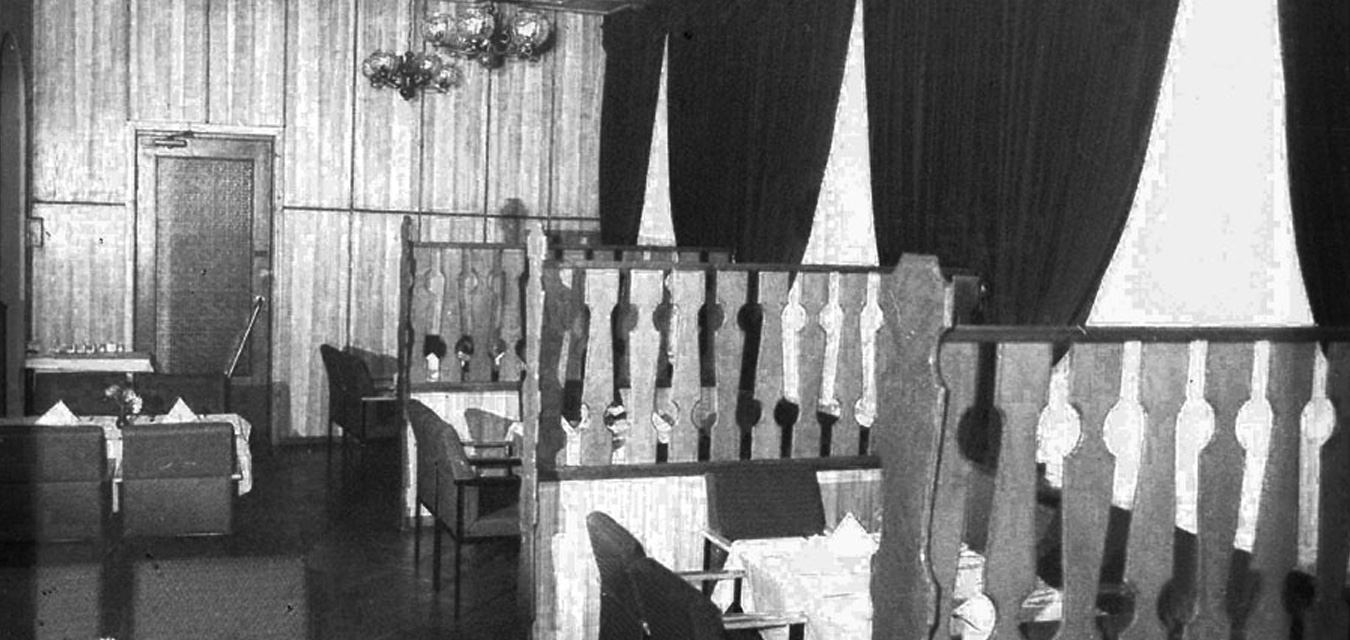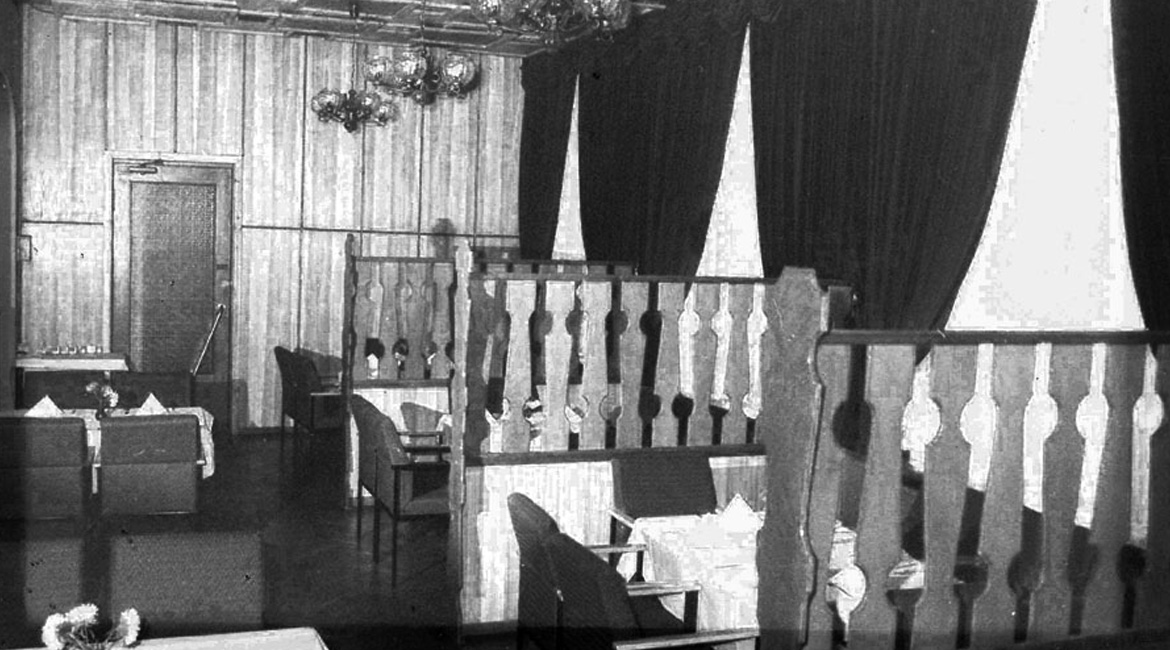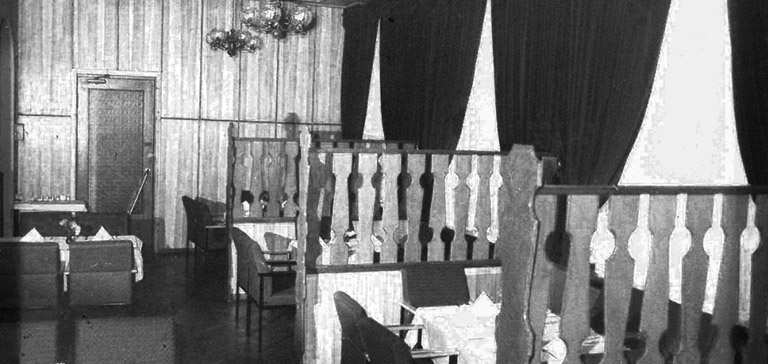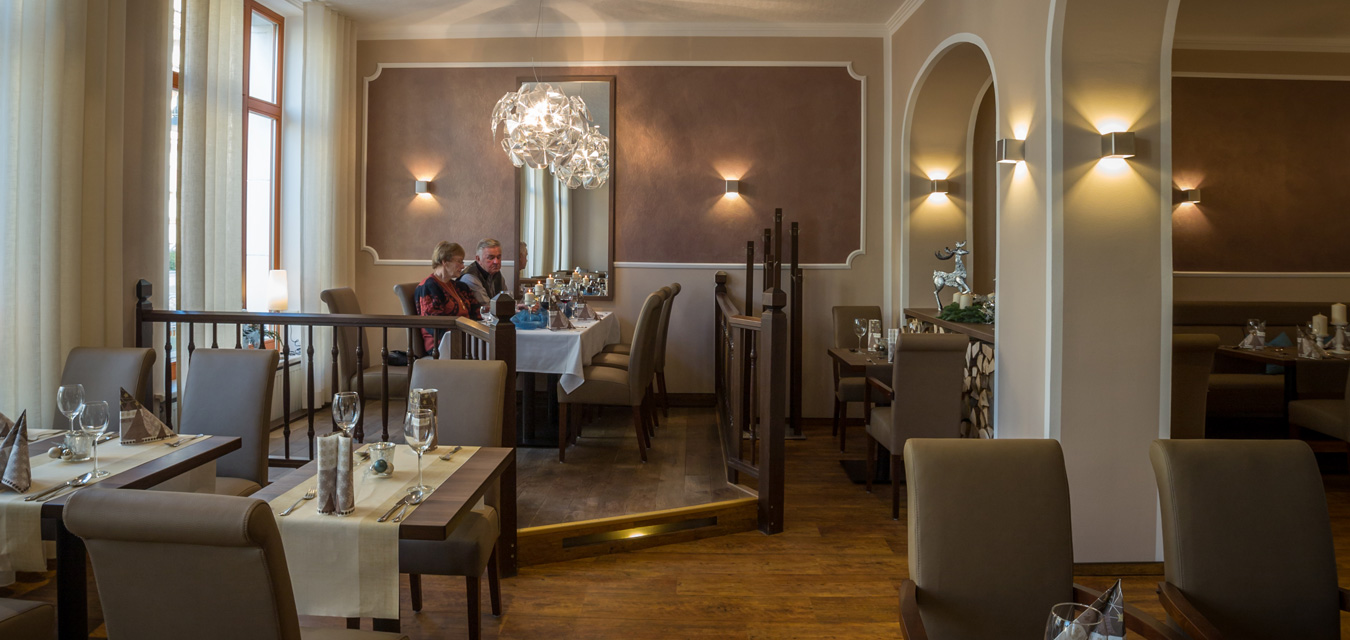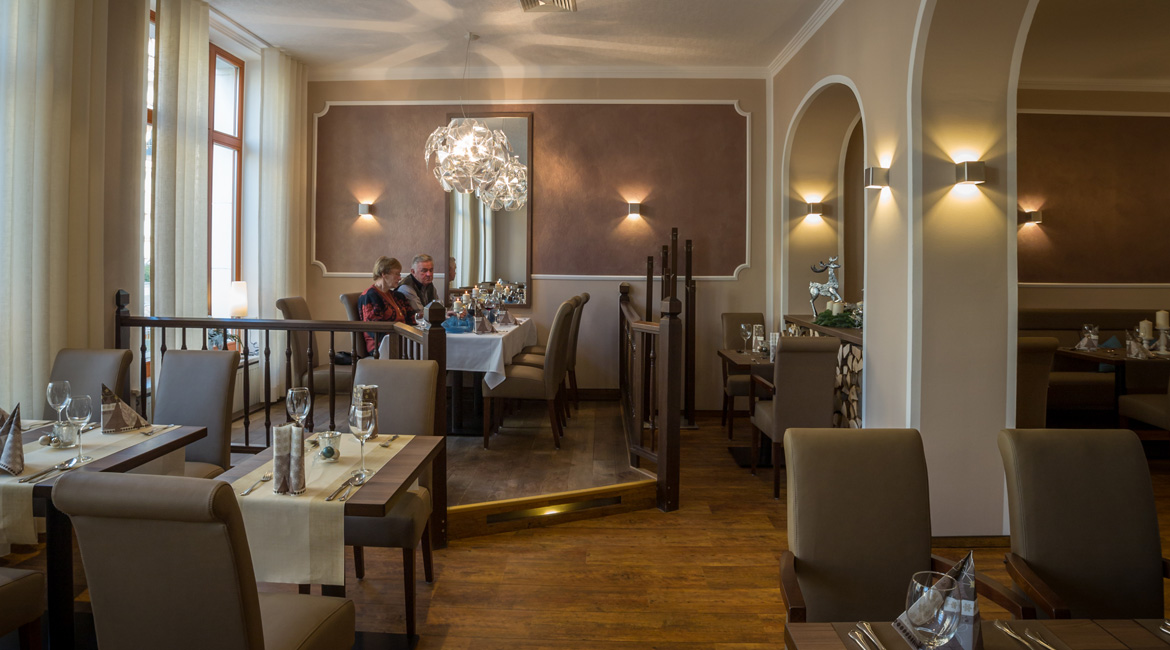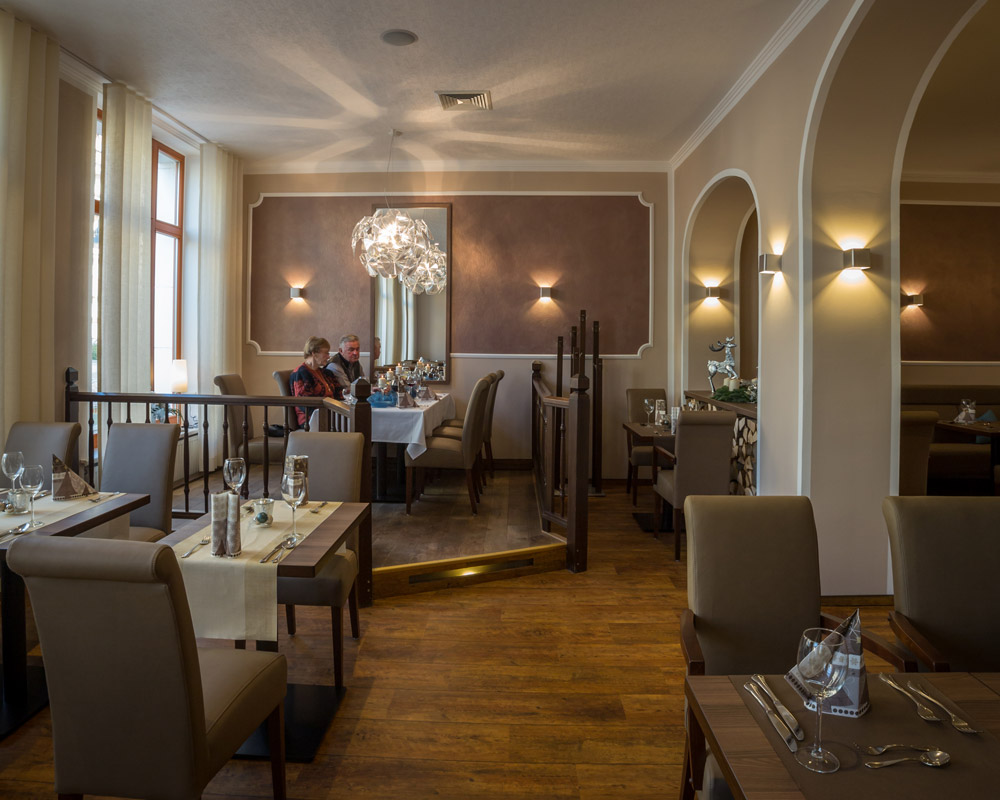Hotel history
Wittenberge finally has a "Hotel Germania" again. This should be an occasion to look back and trace the history of the development of this traditional gastronomic establishment. Many Wittenbergers still have many memories of this hotel.
About five years had passed since the Berlin-Hamburg railway was inaugurated and the connection of the then Wittenberge city centre, today's historical centre around the Protestant church, to the railway station was still made by a stone embankment, which was built on in the following years. In 1851, the Wittenberger master mason Friedrich Wilhelm Ludwig Schlungbaum (who built the schoolhouse at what was then Chausseestraße 23; today Bahnstraße 99) bought a plot of land on this embankment for 218 Taler 22 Silbergroschen Courant and built his one-storey solid residential house here.



